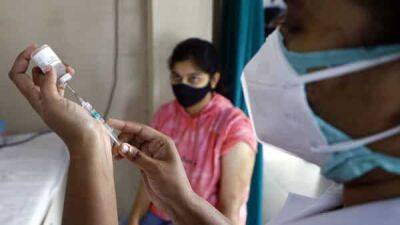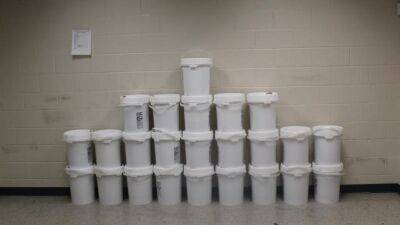RDSP maps medicine supply to US to predict, prevent shortages (part 2 of 2)
The Resilient Drug Supply Project (RDSP) has built the world's largest database on pharmaceutical manufacturing, procurement, and distribution.
Composed of more than 60 public and proprietary datasets, it can monitor the drug supply chain from start to finish and predict likely shortages of essential drugs affecting the United States.Begun in 2018, this far-reaching project is one focus of the University of Minnesota's Center for Infectious Disease Research and Policy (CIDRAP), publisher of CIDRAP News.The mission of the RDSP is to build and maintain a map of the global supply chain for each prescription drug used in the United States to reduce or avoid disruptions from any cause and for any reason.
The Resilient Drug Supply Map will be a tool for stakeholders, policymakers, and consumers as they work to ensure that prescription drugs are available and accessible when patients need them.
This purpose includes ensuring both public health and the national security.RDSP's predictive models and algorithms are evidence-based and designed to evolve and adapt to changing situations, said RDSP Pharmaceutical Research Scientist David Margraf, PharmD, PhD. "The quantitative models we develop are validated by testing them for both past as well as new shortages," he added.Supported by a grant from the Walton Family Foundation, RDSP was launched to map drug supply chains and predict shortages using medication characteristics and other factors such as geographic concentrations of subcontractors of manufacturers of active pharmaceutical ingredients (APIs) and finished-dosage forms.So far, more than 25 people, including both professionals and students in pharmacy, public health, biostatistics, informatics, and epidemiology, have worked
Read more on cidrap.umn.edu


















































